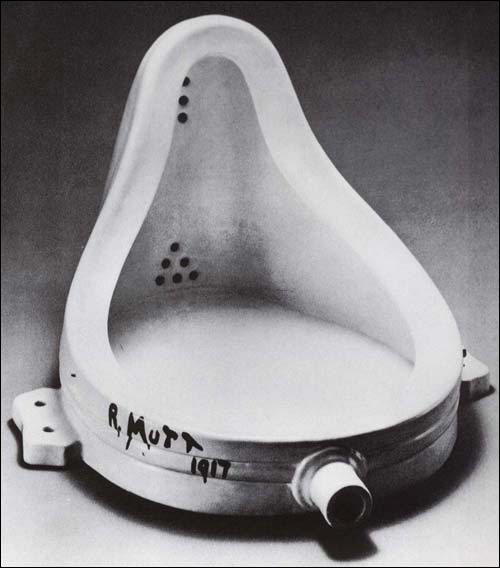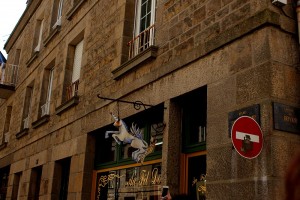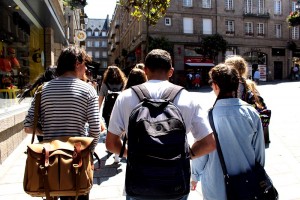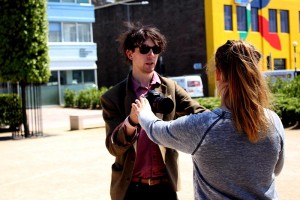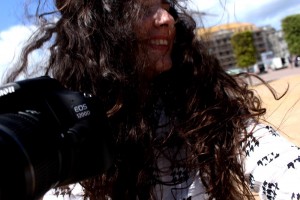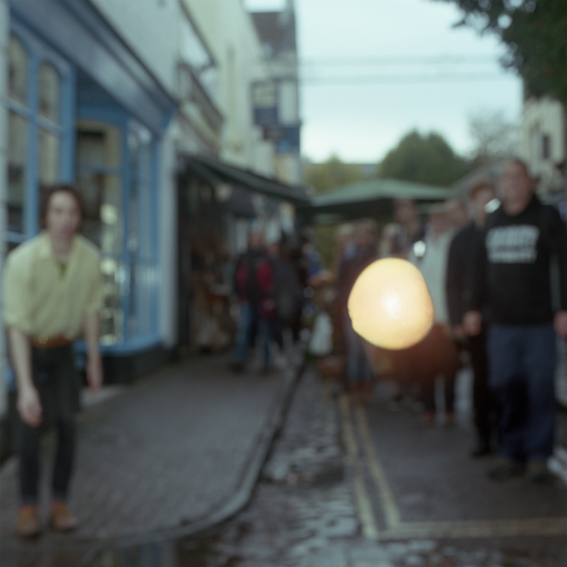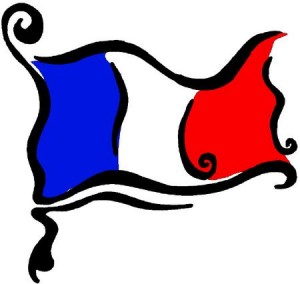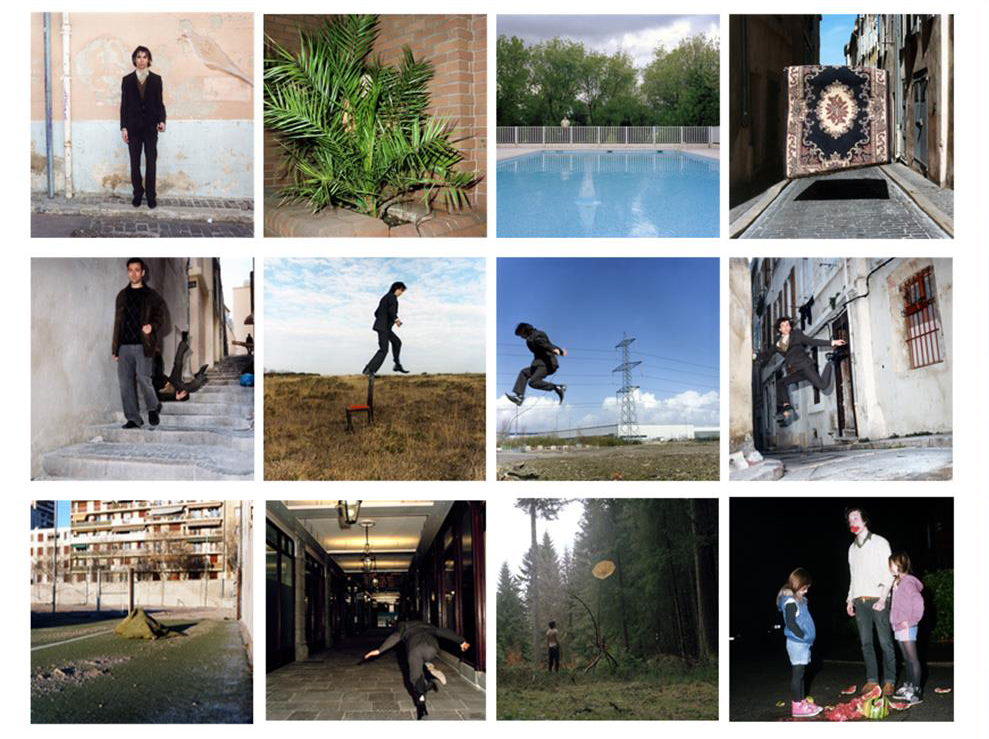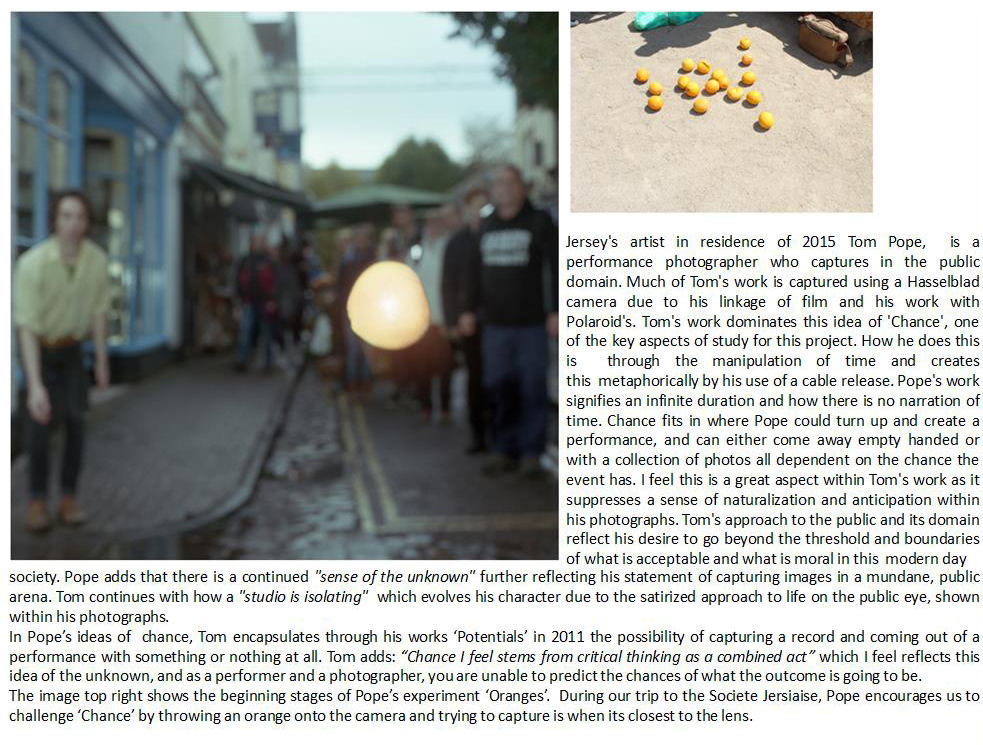Before going to St. Malo for the day I had to come up with some ideas of what I wanted to do. The idea I came up with came from a video i’d watched a while ago, which I thought I could use to create a situation where the audience are the performers, and rather than them watching us, we were watching them.
It was a video from a channel, which creates a series called ‘The Art Assignment’ which is presented by Sarah Green. The series has different artists come up with creative assignments for anyone who wishes to partake in them. This particular Art Assignment was the second in the series, called Stakeout, with Deb Sokolow.
The ‘instructions’ for the assignment were:
1. Find an interesting object
2. Place the object in a public spot where people can interact with it
3. Pick a location to observe these interactions
4. Document your experience (photo, video, drawing, anything)
In the video Sarah Green talks about a couple of artists who relate to this idea. Including Vito Acconci and Sophie Calle.
Vito Acconci, Following Piece ,1969. Every day he would pick a random stranger off the street, and follow them until they went into a private space.
Sophie Calle, Sweet Venitienne 1980, This began when She was following one man who she quickly lost sight of, but met coincidentally met him at a party and discovered he would be taking a trip to Venice, and so she got a wig and a disguise and followed him on his trip without his awareness for 13 days. She would take photos and write detailed reports about this man.
Sarah Green said about the topic “Stalker like activities raise important questions about the nature of surveillance; Does the stakeout reveal more about the watcher or the watched? Is it about the clandestant thrill of spying or exposing the vulnerability of others; And what are the limits of public and private space?”
This was something I was quite keen to explore after looking at some of Tom Popes work, where he tries to both include the public as the performers, and in other cases look at the limits of public and private space.
So for our version of this ‘Assignment’ we got some disposable cameras. One which we would Place in St. Malo, one I hope to place somewhere in Jersey, and then a third which I will try to place in Bournemouth whilst I am over there for three weeks.
I thought that by doing this, I wouldn’t necessarily have to be there constantly to see the outcomes, and as we were going to be walking around different areas of St Malo for the day we thought this would be very good.
We didn’t really come up with any other ideas of what we could do in St. Malo and thought we would simply do whatever came to us whilst we were there, like with the Psycho-geography Tom Pope had discussed within his presentation.


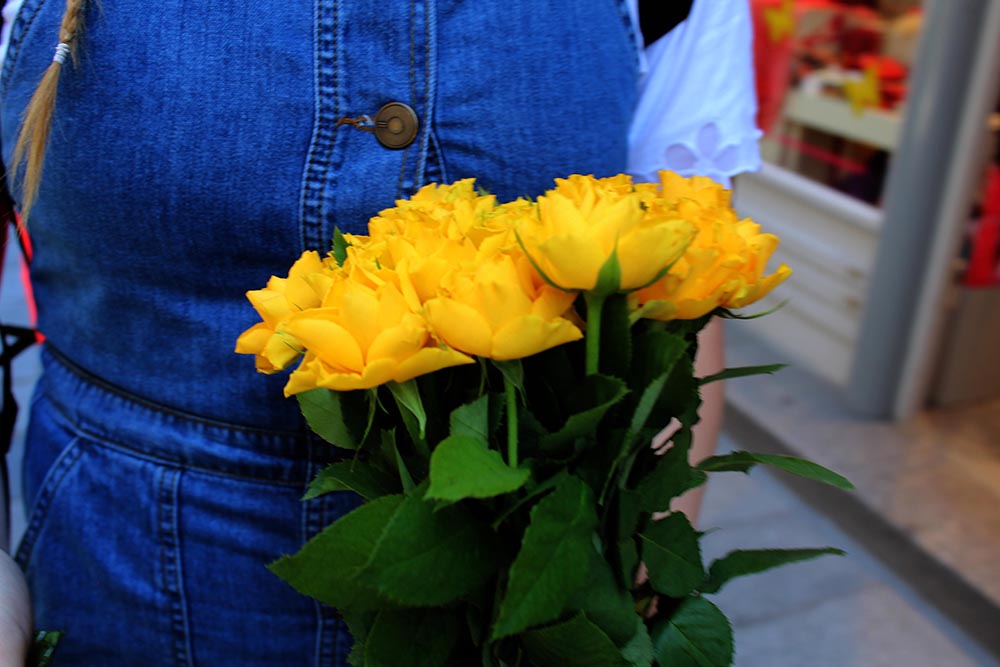
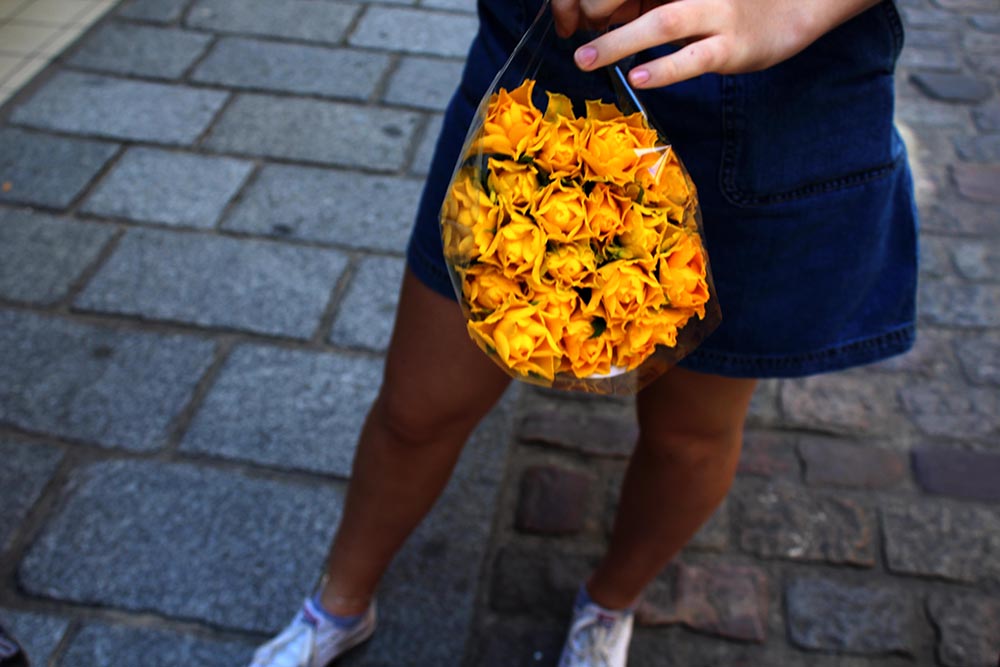


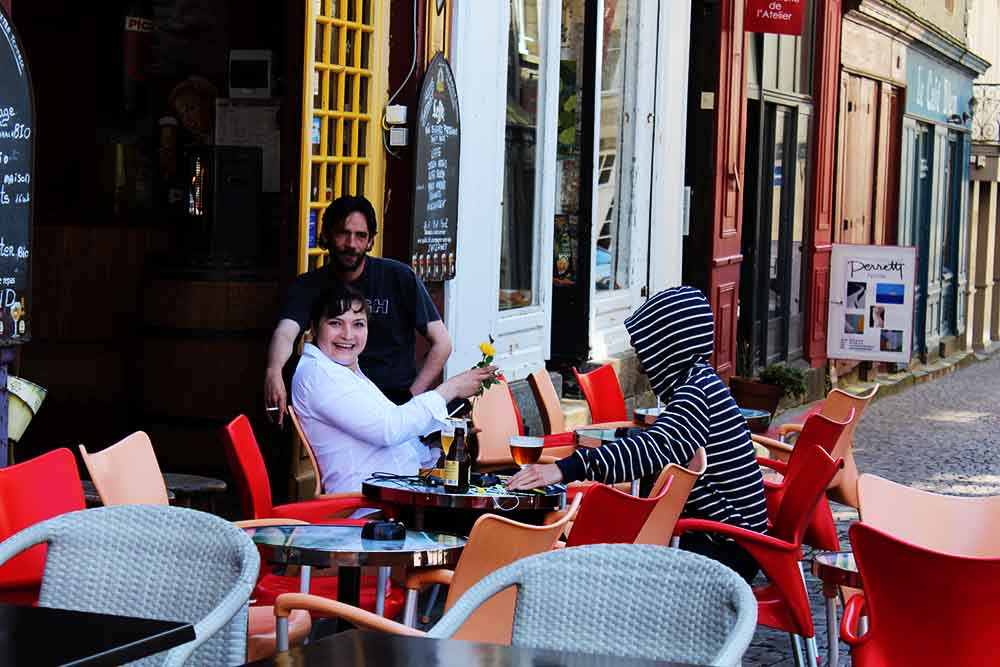

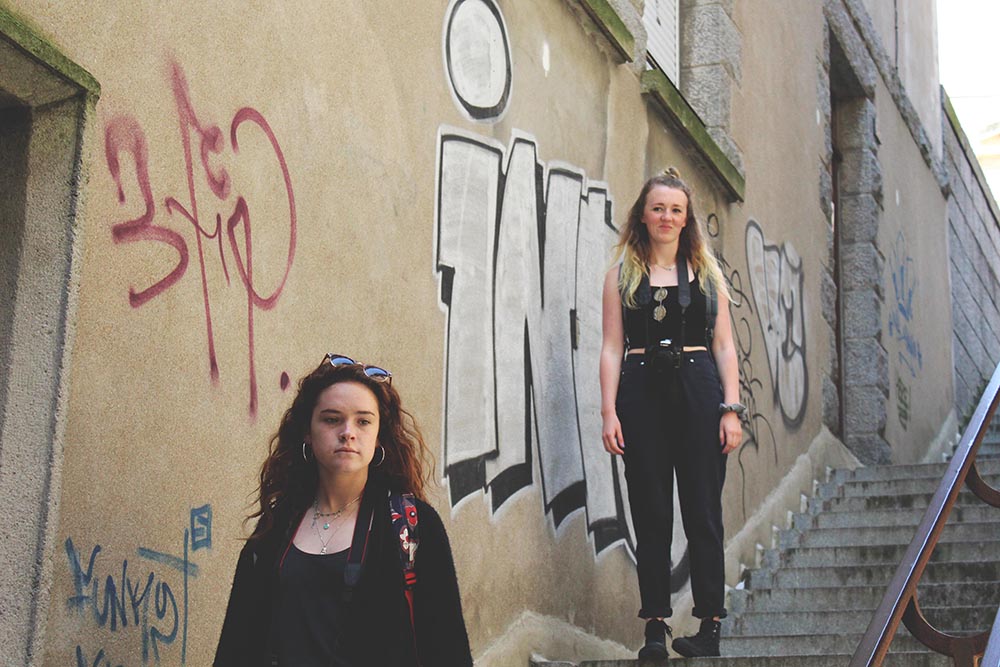

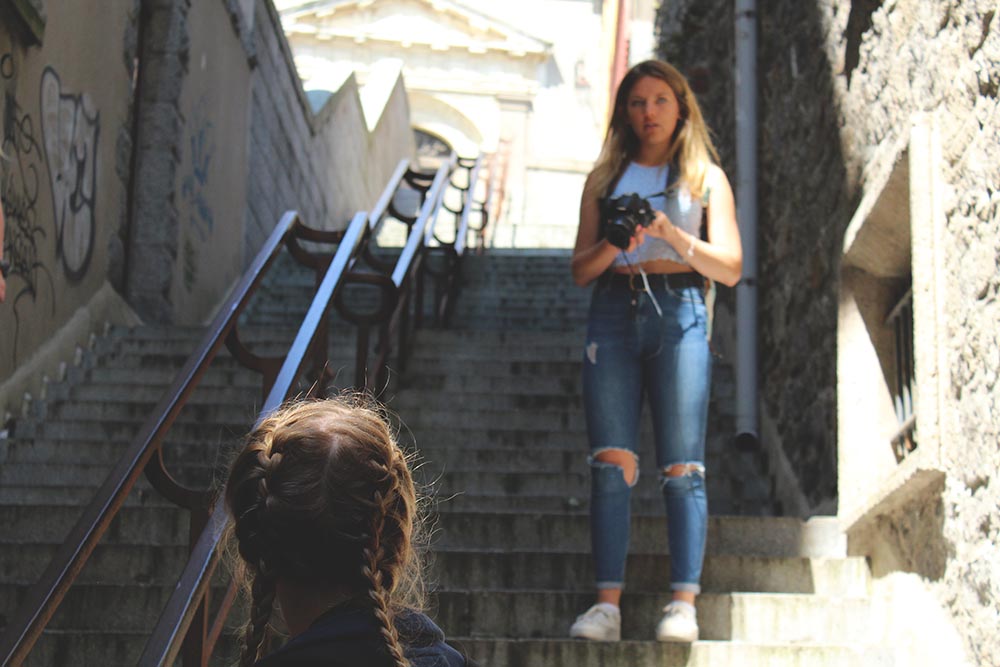
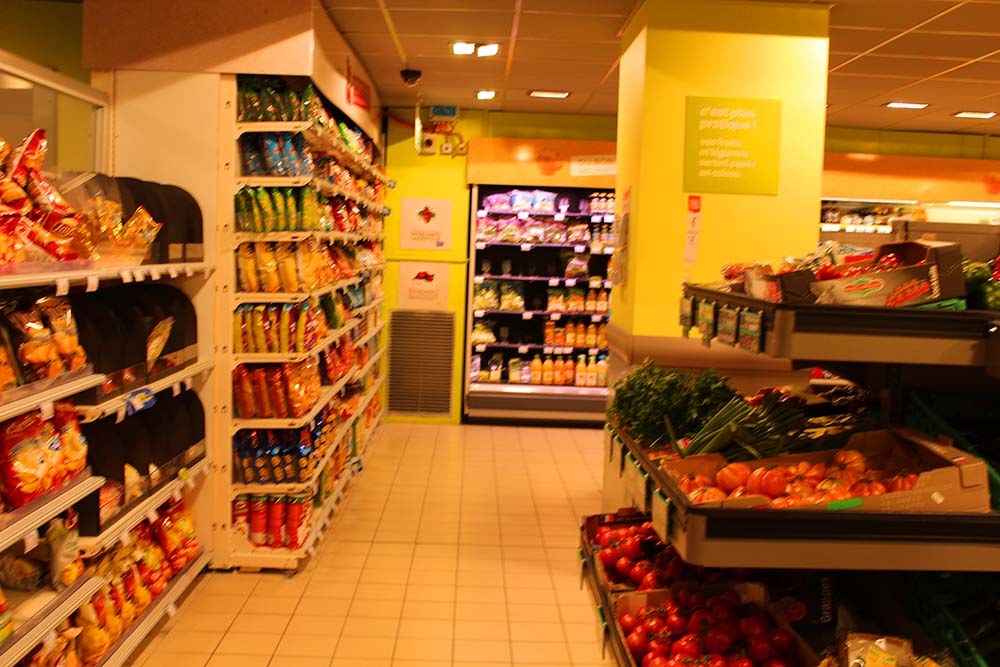





 The first was a game where we were given an orange, which we had to throw between ourselves (in pairs) and whoever hadn’t thrown the orange had to ‘catch’ the orange in a photo as close as they could to the camera.
The first was a game where we were given an orange, which we had to throw between ourselves (in pairs) and whoever hadn’t thrown the orange had to ‘catch’ the orange in a photo as close as they could to the camera.